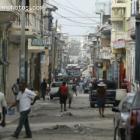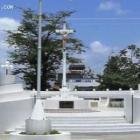ADVERTISEMENT
construction
Cement plant in Gonaives, Siman Lakay
Here is a picture of the cement plant in Gonaives, Siman Lakay
In an article published (August 2012 issue) in the Global Cement Magazine, it was said that Haiti is blessed with natural limestone, essential to produce good quality cement. However, so far Haiti was deprived of its natural advantage because there was no proper infrastructure or any investor to fund and realize such advantage. There is good news. With 'Siman Lakay', a $300 million project, Haiti can produce a good part of its requirements (4.5 million tons per year) and generate enough employment (about 2,200) of diversified skills. 'Siman Lakay' is a new cement plant, has a production capacity of 2 million tons per annum, going to be built in the "La Pierre" locality of Gonaives. The project has come into existence after more than one year's hard work and technical studies by Mr. Bestgen Jérôme, the Honorary Consul of Haiti in Belgium, and it could never have been possible without the support of foreign and Haitian investors.
Veerhouse Voda plant opens in Drouillard, Haiti
Opening of a Veerhouse Voda plant in Drouillard.
Veerhouse Voda is a New York based company that has worked over 22 projects in Haiti in the last three years. The company is flexible to fit all building needs. It provides a large variety of building structures with a combination of lightweight steel frames (expanded Polystyrene panel) which cost less but resistant to earthquake, fire, hurricane, flood and other natural disasters. As per new report dated September 14, the company has opened a production plant of Expanded Polystyrene (EPS) panel in Drouillard (West Department) for its local consumption. The new plant, as per the company's statement, would create over 2,000 direct and indirect jobs.
Training of Haitian masons in earthquake-resistant construction
Here are some Haitian masons receiving training on earthquake-resistant construction
On Wednesday, March 18, 2015, under a UNDP's (United Nations Development Program) earthquake prevention plan, the National Institute for Professional Training (INFP) and the Swiss Cooperation with financial assistance from the Fund for Reconstruction of Haiti (FRH), launched the Phase II Training Program of earthquake-resistant construction for 220 masons from the northern departments of the Northeast and Northwest. The program was initially launched in 2012 and so far a total of 37 engineers, both from public and private sectors and 24 foremen have been trained in earthquake-resistant construction with necessary knowledge on the seismic assessment of buildings so that they can prepare Haiti with safe and sustainable construction to avoid risk of future disasters.
Home Building in Haiti and the lack of Building Code enforcement
Haiti has a building code; it is the enforcement of this code which is lacking. While understandable in the case of the poor who cannot afford the extra money it will cost to safe-guard the integrity of their houses, one is left to wonder where the Code Enforcement Officers were when many schools, government buildings, churches and hospitals were being built. It is of great importance that, going forward, the collapsed buildings are not being replaced by much of the same.
Construction Materials in Building in Haiti
It is estimated that 90% of the buildings in Haiti were made from materials not suited for earthquake resistance. The costs to build a structure that can withstand earthquake tremors can rise to anywhere from 10% to 20% of the building costs. Finding these costs prohibitive, most people opt out of the precaution as they simply can't afford it. The materials most commonly used include a mixture of branches, twigs and sticks called clisse, stone, bricks, earth and cement. Duplicitous contractors will use unrefined sand and limestone dust to make a cheaper, and consequently weaker concrete.

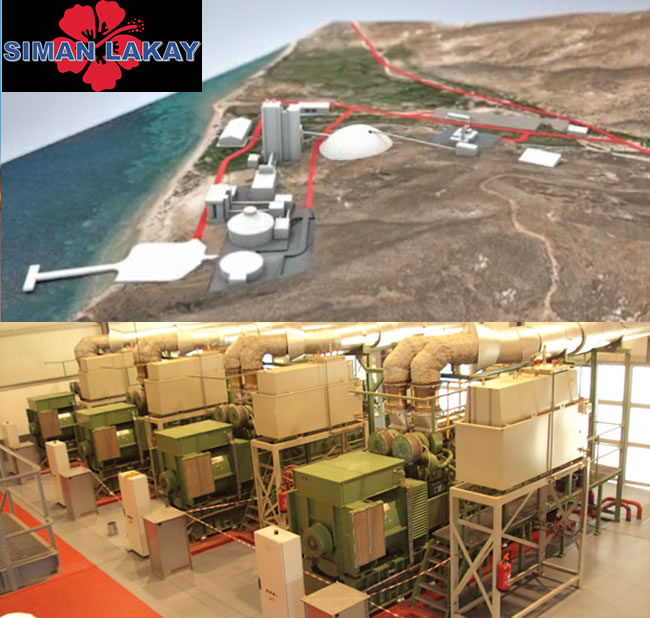
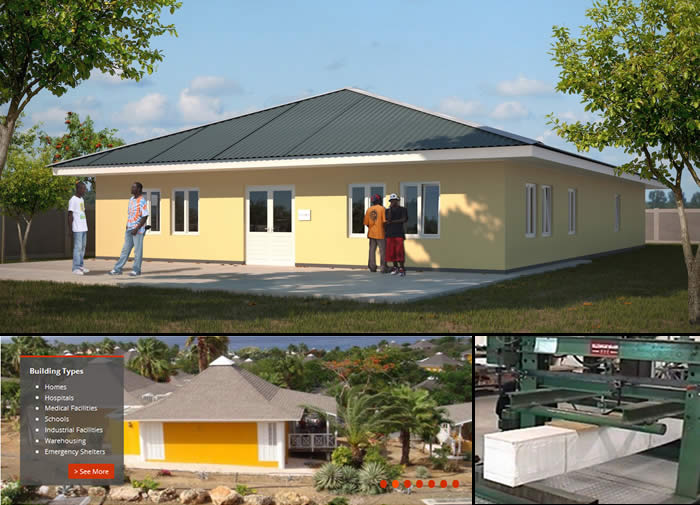
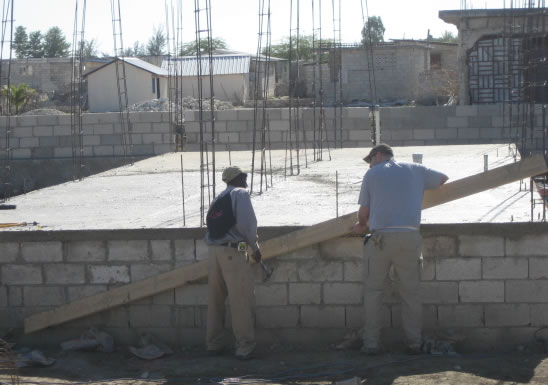
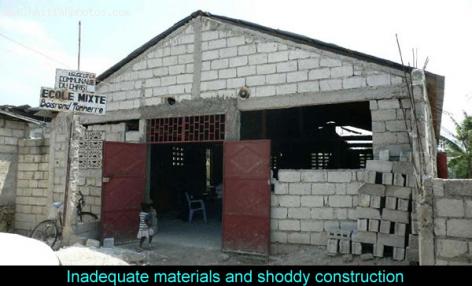
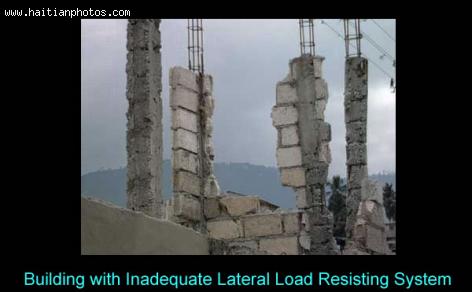

 Ougan Alcenat Zamor eli nouvo Nasyonal ati
Ougan Alcenat Zamor eli nouvo Nasyonal ati 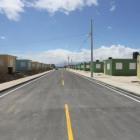 View of road in Lumane Casimir Village
View of road in Lumane Casimir Village  François Nicolas Duvalier Potential Candidate for President of...
François Nicolas Duvalier Potential Candidate for President of...  Commissioner Frantz Pierre indicted for accepting bribes
Commissioner Frantz Pierre indicted for accepting bribes  Jack Guy Lafontant resigns as Haiti Prime Minister
Jack Guy Lafontant resigns as Haiti Prime Minister  Meet Haitian-American professional baseball pitcher Touki...
Meet Haitian-American professional baseball pitcher Touki...  Former PNH Chief, Godson Orelus, arrested for illegal arm...
Former PNH Chief, Godson Orelus, arrested for illegal arm...  Jean Henry Céant deposited documents in Parliament for...
Jean Henry Céant deposited documents in Parliament for... 


